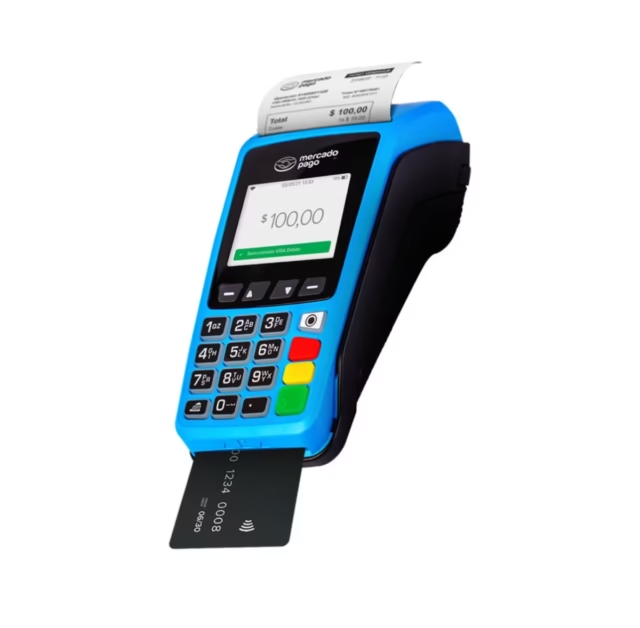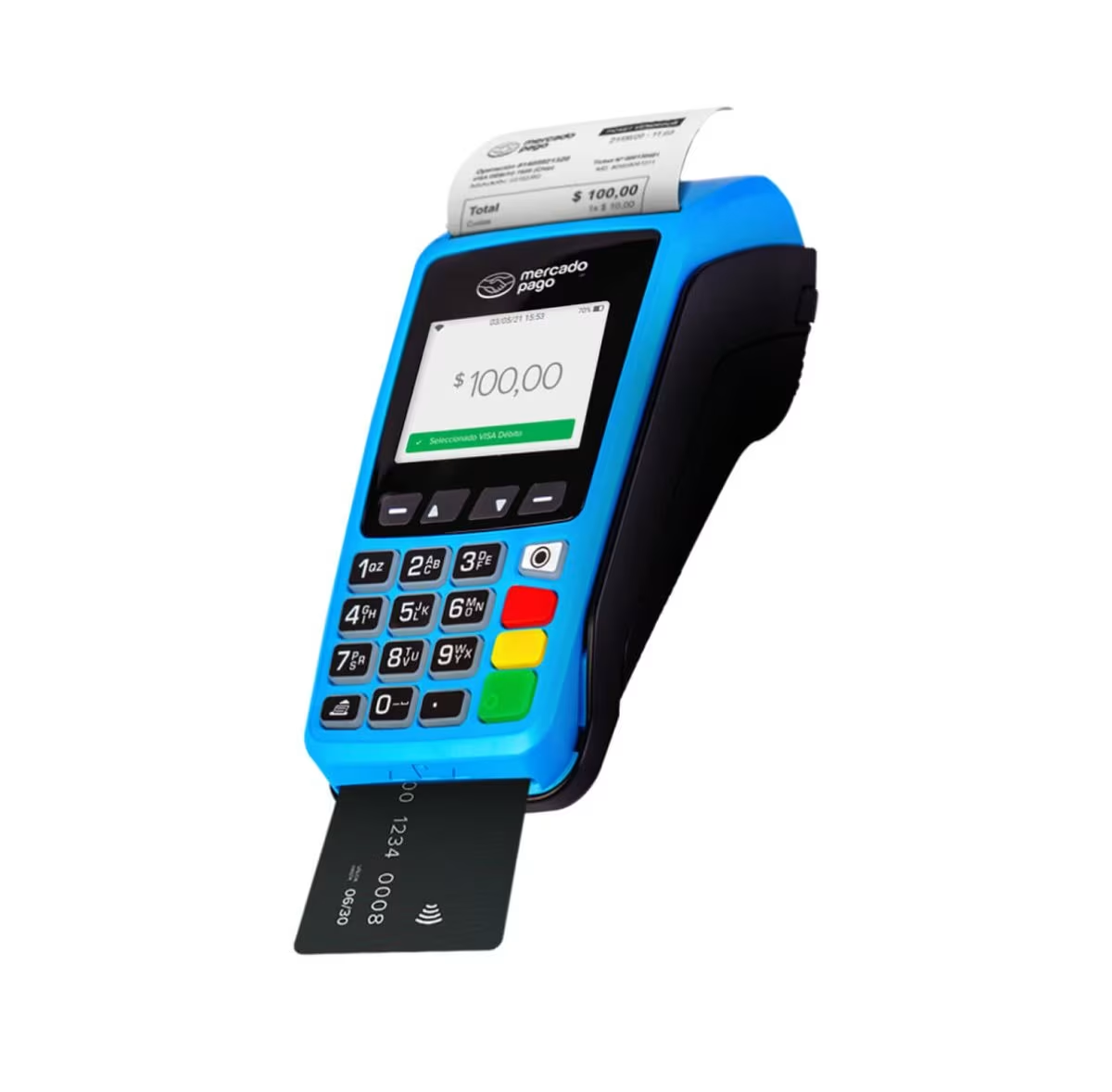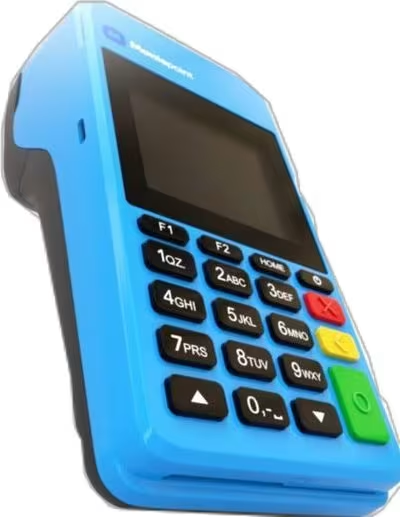
The cost of Point-of-Sale (PoS) terminals in Nigeria has dramatically surged by 30% to 100% between 2023 and 2025. This significant price jump is directly tied to adverse macroeconomic conditions and is reshaping the operational models of the country’s booming agency banking sector.

Key Drivers of the Price Surge
The increase in PoS terminal costs, which has seen advanced devices nearly double in price from N30,000–N40,000 to N62,000–N85,000, is attributed to a combination of factors:
Naira Depreciation (FX Pressure): This is cited as the major factor. Since all PoS terminals are imported (no local production), their cost is directly exposed to foreign exchange fluctuations. The Naira’s sharp depreciation from approximately N500/$ in early 2023 to around **N1,500/$ in 2025** dramatically increased the local currency cost of importation.
High Inflation: General inflation in Nigeria, which reached a record high of 34.60% in November 2024 before moderating, drove up logistics and operational expenses for fintech companies.
Increased Logistics Costs: Higher costs associated with shipping, distribution, and warehousing contributed to the final retail price of the devices.

Impact on Agency Banking and Financial Inclusion
Despite the surging costs, the demand for PoS services remains resilient, with the number of registered terminals reaching 8.3 million by March 2025. However, the price increase has had several effects:

The consensus from the fintech sector is that while they are absorbing some of the costs to push for financial inclusion, the lack of local hardware manufacturing leaves them with limited ability to prevent price hikes driven by currency volatility.
Join Our Social Media Channels:
WhatsApp: NaijaEyes
Facebook: NaijaEyes
Twitter: NaijaEyes
Instagram: NaijaEyes
TikTok: NaijaEyes




